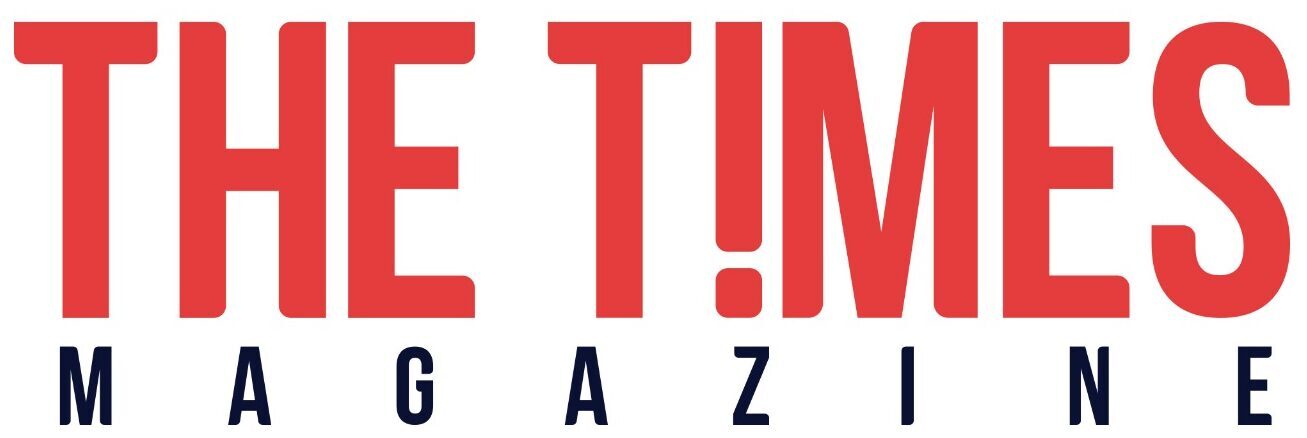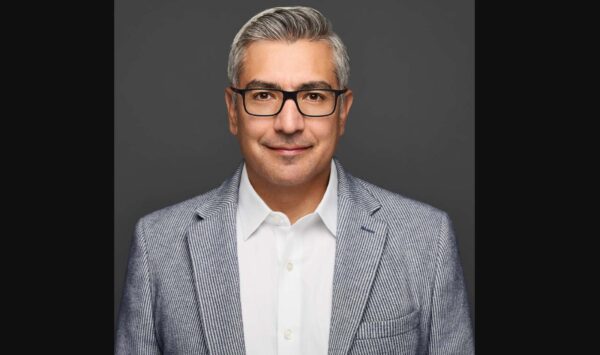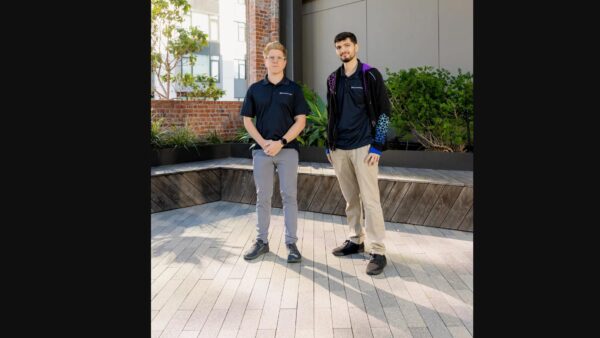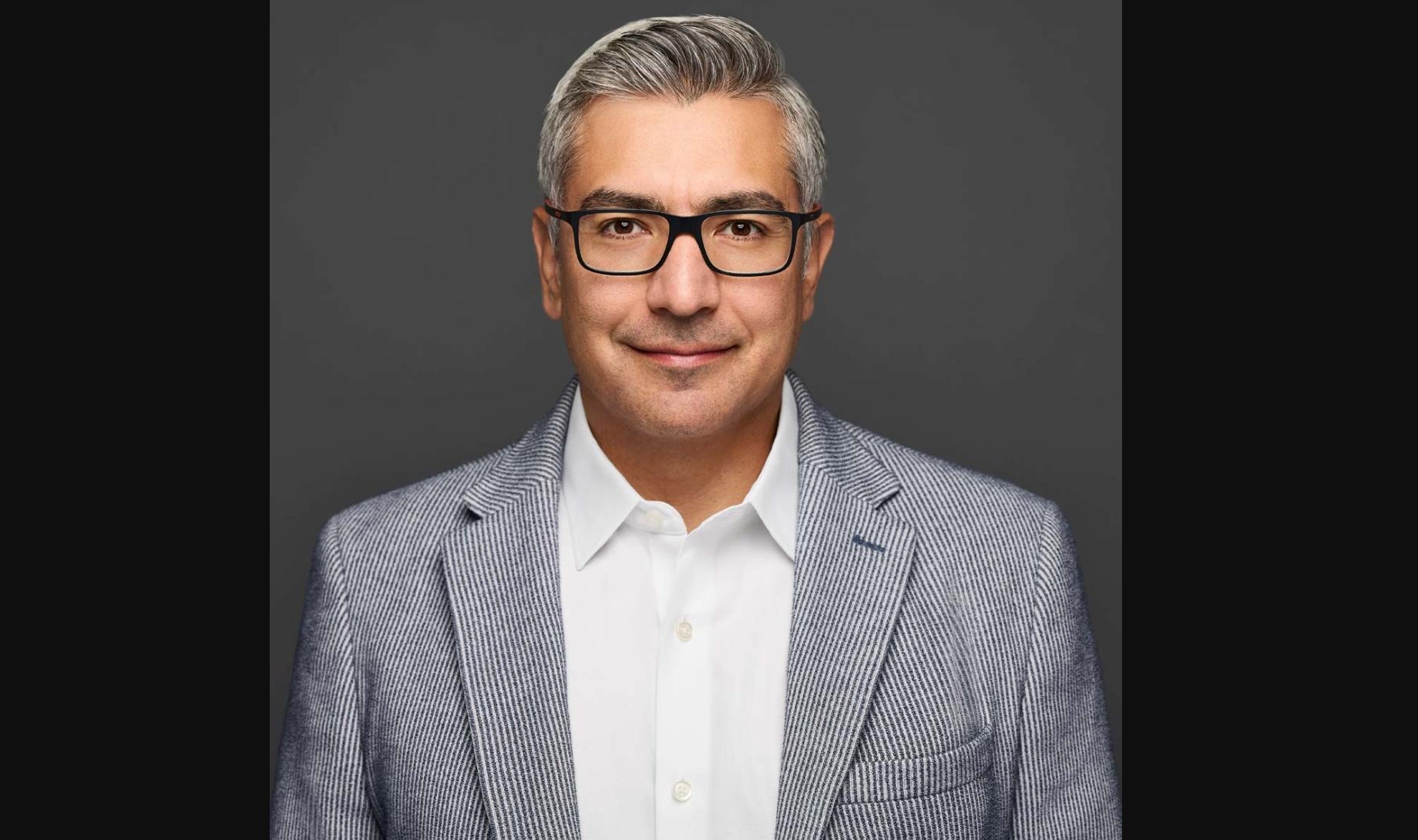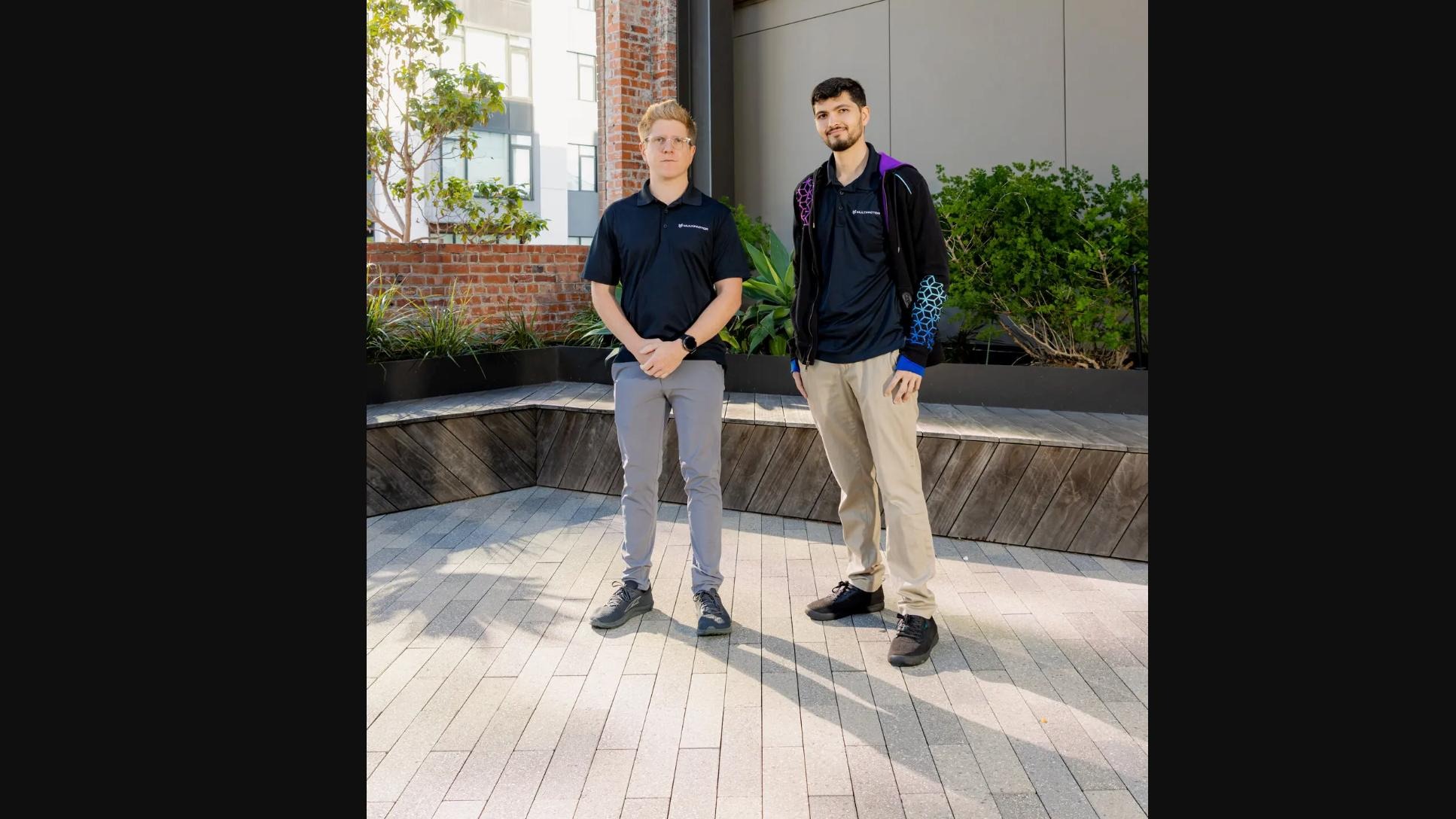Water leaks are among the most persistent, least visible failures of modern infrastructure — and one of the most expensive. Every year, nearly a third of the world’s treated drinking water disappears before it ever reaches a tap. The reasons are rarely dramatic: ageing pipes, poor maintenance, lack of monitoring. Yet the outcomes are costly — both environmentally and economically.
HULO, a Netherlands-based startup, has raised €2.3 million in seed funding to do something unusual in this space: tackle water loss not with hardware, but with software. The round was led by Belgian family office VP Capital and Eindhoven’s LUMO Labs, with participation from German DeepTech investor Vanagon, Rabobank, and regional funds FOM and NEW-ttt.
Unlike most water-tech startups that develop sensors or specialised metering hardware, HULO is betting on data already being collected by utilities — pressure and flow readings from standard systems — and running them through a proprietary AI model layered with physics-based simulations. The result is a system that claims to detect and locate leaks with precision, without requiring new hardware installations or network reconfiguration.
“We’re building solutions that are both powerful and practical — enabling water utilities to take action without overhauling their systems,” said co-founder and CEO Robbert Lodewijks.
The company’s software-as-a-service platform is already in use across the Netherlands, the UK, and parts of Europe, and has recently begun pilot deployments in Latin America. The new funds will go toward expanding into those regions, improving core technology, and building out capabilities in cybersecurity and customer integration.
Backers of the company see it as a rare example of an AI-native infrastructure startup that combines environmental impact with operational efficiency. “Water scarcity is emerging as one of the world’s most pressing environmental constraints,” said Erica van Eeghen, Senior Manager at VP Capital. “This is a domain where measurable environmental impact and efficiency go hand in hand.”
LUMO Labs, meanwhile, sees the company as well on its way to saving “the equivalent of over 4 million Olympic-sized swimming pools annually by 2030,” according to senior partner Dagmar van Ravenswaay Claasen.
The company’s model is infrastructure-agnostic — that is, designed to be integrated into almost any water network with minimal customisation. That’s an attractive pitch to utilities already grappling with budget constraints, outdated infrastructure, and rising public scrutiny over environmental performance.
But beyond water loss, HULO’s model touches on broader concerns in Europe around infrastructure resilience and security. Axel Roitzsch, general partner at Vanagon, noted that “with 30% of drinking water in the EU lost due to leakages, the need for AI-powered monitoring is urgent” — not just for sustainability, but to prevent network vulnerabilities that could become points of failure or attack.
Software for Ageing Systems
Water utilities don’t move quickly. Many are still paper-based in parts of their operations. Large-scale hardware rollouts — even smart meters — often take years, if not decades. In this environment, HULO’s software-first, zero-installation approach is not just a technical advantage, but a business one.
The company’s ability to integrate into existing networks lowers the barrier to entry and shortens deployment cycles. And while competitors in the water analytics space often depend on either third-party sensors or custom DMAs (district metered areas), HULO’s bet is that utilities already have enough raw data — they just don’t have the right tools to interpret it.
If the startup can continue to prove the accuracy and reliability of its leak detection engine across different geographies and pipe systems, it could find itself with a sticky, high-value enterprise product in a market that rarely sees fast innovation.
The Infrastructure-AI Equation
The intersection of AI and infrastructure is an underdeveloped frontier. While machine learning is increasingly common in fields like healthcare, logistics, and finance, physical infrastructure — especially low-margin, public-facing systems like water — has lagged behind. Regulatory inertia, capital cycles, and conservative procurement norms have made this a hard sector to break into.
But what’s shifting now is the visibility of the problem. Climate volatility is raising the stakes for water utilities, while tighter regulations and ESG frameworks are forcing them to track and report leak losses more transparently.
From an investment standpoint, the signal is clear: solutions that can show measurable environmental impact — and be deployed without massive capex — are becoming increasingly attractive to impact-focused capital. For HULO, the challenge ahead lies in scaling operations without sacrificing accuracy, navigating procurement cycles, and defending its IP as rivals emerge.
Still, the market need is real, and growing. Water loss may not make headlines the way energy or carbon does, but it’s one of the most immediate — and solvable — failures in today’s infrastructure stack.
If you need further assistance or have any corrections, please reach out to editor@thetimesmag.com.
